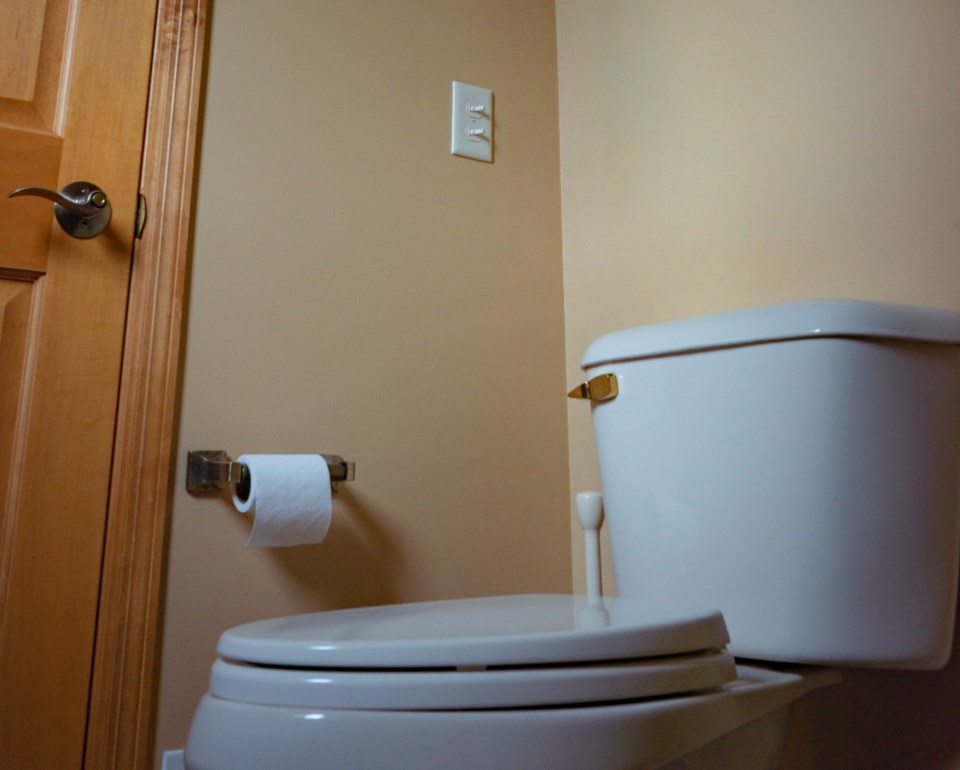Not many people want to talk about poop, but it may hold the key to setting up an early warning system of a COVID-19 outbreak in Longmont.
The city is one of 15 municipalities, which represent 50% to 65% of Colorado’s population, looking to partner with the Colorado Department of Public Health and Environment to conduct COVID surveillance testing on wastewater. The testing will be done over a 52-week period with analysis to be performed by Colorado State University and Metropolitan State University.
Longmont City Council Tuesday night will consider joining an intergovernmental agreement with the state to be part of the testing. CDPHE has secured $520,000 to cover the cost of analysis for the duration of the program, city officials said.
The city will handle the sampling and the shipping of the samples to the CSU lab, according to the city. Shipping of the samples by courier will cost $4,680 and will come out of the water quality laboratory budget.
Human waste carries important clues about the virus and similar programs are being considered in Massachusetts, Virginia, Arizona, and Utah, according to CDPHE. Countries in Europe have found wastewater monitoring can possibly provide early warnings of a COVID-19 outbreak or downward trends, according to the state.
Someone could start shedding the virus within two days of contracting the disease, even before they show symptoms, Nicole Rowan, CDPHE’s clean water program manager, stated in a blog post to the department’s website. Even if they don’t show symptoms, they can still be shedding the virus, Rowan said.
“Once someone flushes their toilet, that wastewater with the virus particles, along with everyone else’s wastewater in the community, goes to a wastewater treatment facility,” Rowan stated in the post. “So everyone’s poop that may or may not contain virus particles is collected at that community’s wastewater facility.”
Once the samples of the wastewater are sent to a lab, the virus’ genetic material is pulled out of the sample and tested. Testing indicates if there is an increase or decrease in virus material over time, which could indicate there are increase or decreases in COVID-19 cases in the community served by the wastewater treatment plan, Rowan said.
“This data might tell us a couple of days to a week in advance of an outbreak,” she said.
The state hopes to produce results after just a couple of days of taking the samples, Rowan said. The data also will be shared with the public, but Rowan warns a lot of samples have to be collected from the same locations and on a consistent basis.
Officials can use the data to pump in resources into a community if an outbreak is a possibility and reevaluate closure and social distancing measures if there is a decrease in cases, she said.



